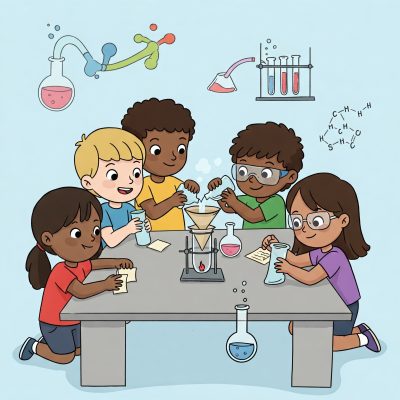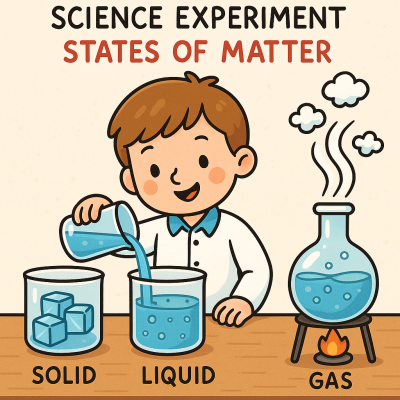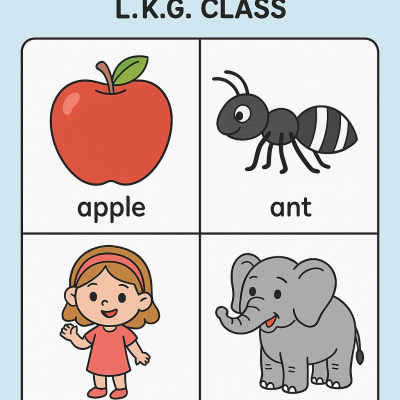
Introduction
Through interactive activities, young learners observed how ice (solid) melts into water (liquid), and how water can turn into gas (steam) when heated. They also explored the invisible nature of gases by feeling air from a fan and playing with inflated balloons.
This engaging experiment helped children understand key scientific concepts in a fun and memorable way. By touching, seeing, and discussing real-world examples, they learned:
Solids keep their shape (like ice cubes).
Liquids flow and take the shape of their container (like water).
Gases fill spaces and can be felt but not seen (like air in a balloon).
Stay tuned for more exciting experiments as our little scientists continue exploring the wonders of science!
Objective:
The objective of this experiment was to introduce young learners to the three basic states of matter—Solid, Liquid, and Gas—through simple, hands-on activities. The experiment aimed to help students observe, compare, and understand the properties of each state in a fun and engaging way.
Materials Used:
Ice cubes (Solid)
Water (Liquid)
Balloon filled with air (Gas)
A transparent glass
A tray or plate
A small fan (to demonstrate air movement)
Procedure:
1. Introduction to States of Matter
The teacher began by explaining the three states of matter in simple terms:
Solid: Has a fixed shape and volume (e.g., ice, books, toys).
Liquid: Takes the shape of its container but has a fixed volume (e.g., water, juice).
Gas: No fixed shape or volume; fills any space (e.g., air, steam).
2. Observing Solids (Ice Cubes)
Students were given ice cubes to hold and observe.
They noted that ice is hard, cold, and keeps its shape unless it melts.
The teacher explained that when ice melts, it turns from a solid to a liquid.
3. Observing Liquids (Water)
Water was poured into different containers (a glass, a bowl, and a bottle).
Students observed that water takes the shape of the container but remains the same in quantity.
They also saw that when water is heated, it turns into gas (steam).
4. Observing Gas (Air in a Balloon & Fan Demonstration)
A balloon was inflated to show that air (gas) fills the space inside.
Students squeezed the balloon to feel the air pressure.
A small fan was used to show how air moves and can be felt but not seen.
Key Observations & Learnings:
Solids have a fixed shape (e.g., ice cubes).
Liquids flow and take the shape of their container (e.g., water).
Gases are invisible but can be felt (e.g., air in a balloon or wind from a fan).
Matter can change from one state to another (e.g., ice melts into water, water evaporates into gas).
Conclusion:
This experiment successfully helped Class 1 students at Ziva Child Care Academy understand the three states of matter in an interactive way. By touching, seeing, and discussing real-life examples, the children grasped the basic concepts of solids, liquids, and gases effectively.
Table of Contents
Toggle


